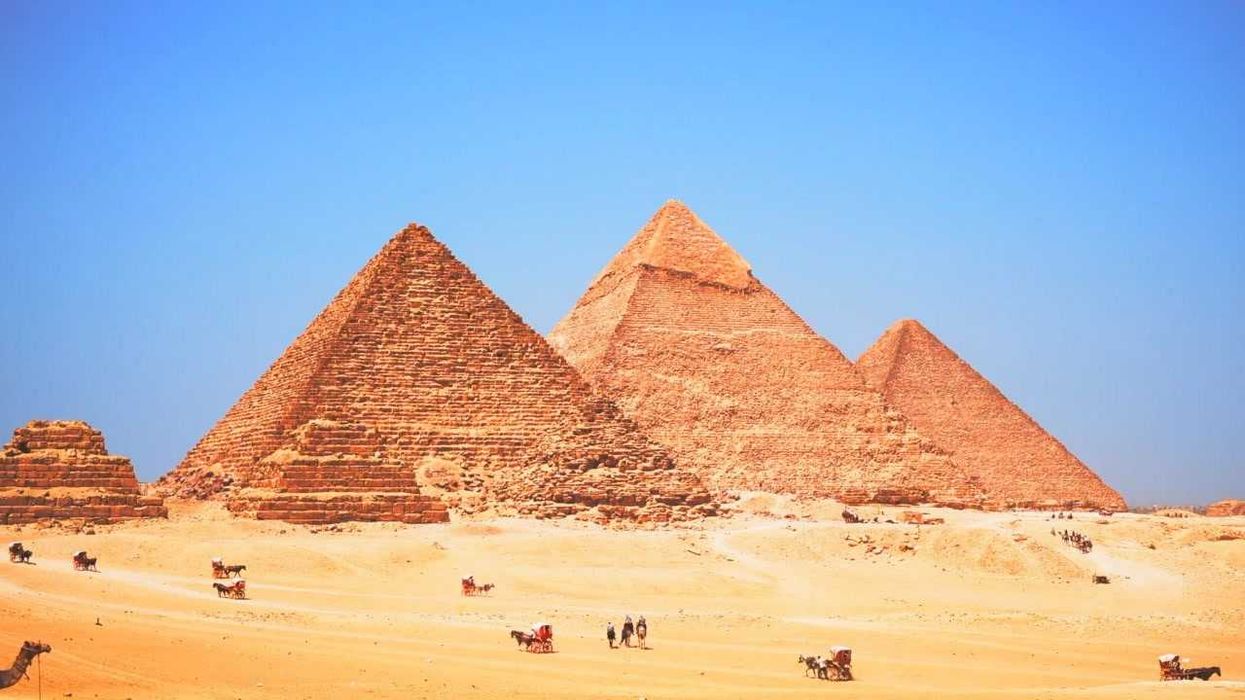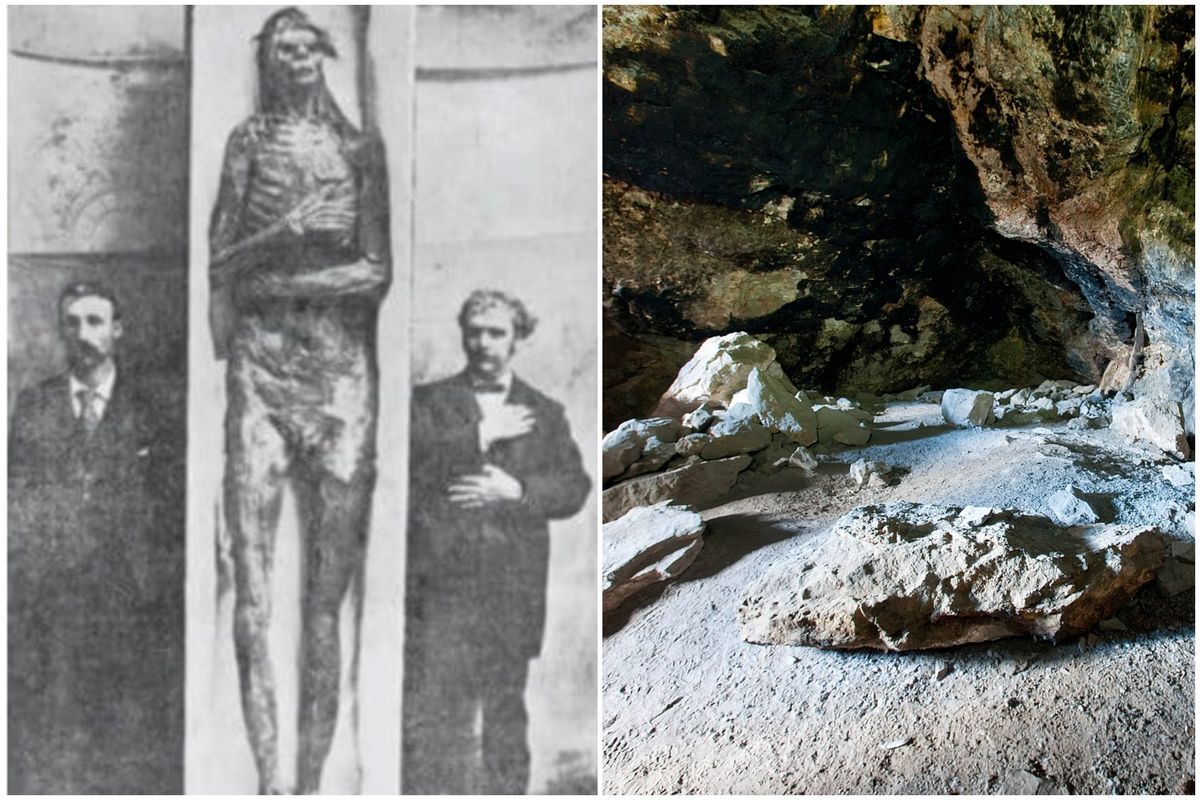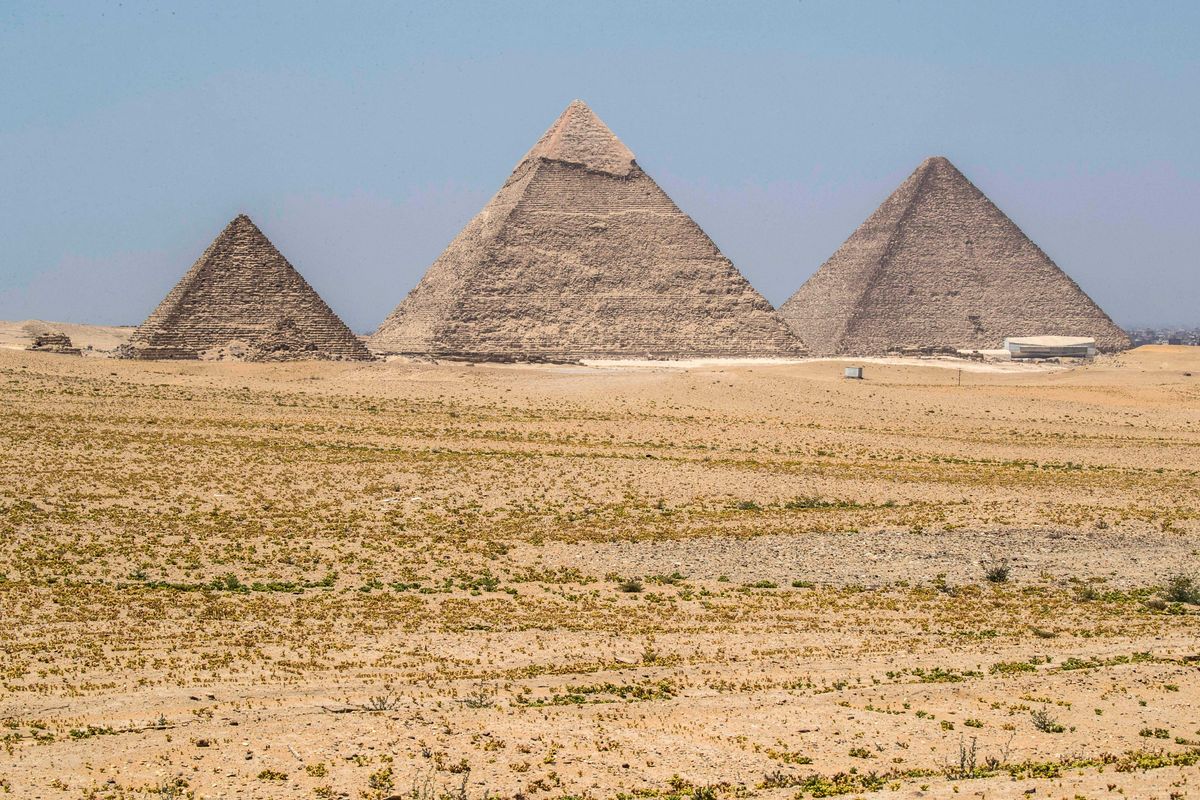Sinead Butler
Oct 11, 2025
How Satellites Can Finally Solve a Mystery About the Ancient Pyramids
ZMG - Amaze Lab / VideoElephant
How the ancient Egyptian pyramids were constructed has been a subject of fascination for many of us - and now this mystery spanning 4,500 years may finally be solved.
According to experts, it may be related to hydraulic mechanics...
The Step Pyramid of Djoser in Saqqara, Egypt, is believed to be the oldest of the seven pyramids, estimated to have been built approximately 4,500 years ago.
Scientists believe a hydraulic-powered mechanism was used to move the massive stone blocks and place them from the ground up to form the iconic pyramid shape we all recognise today.
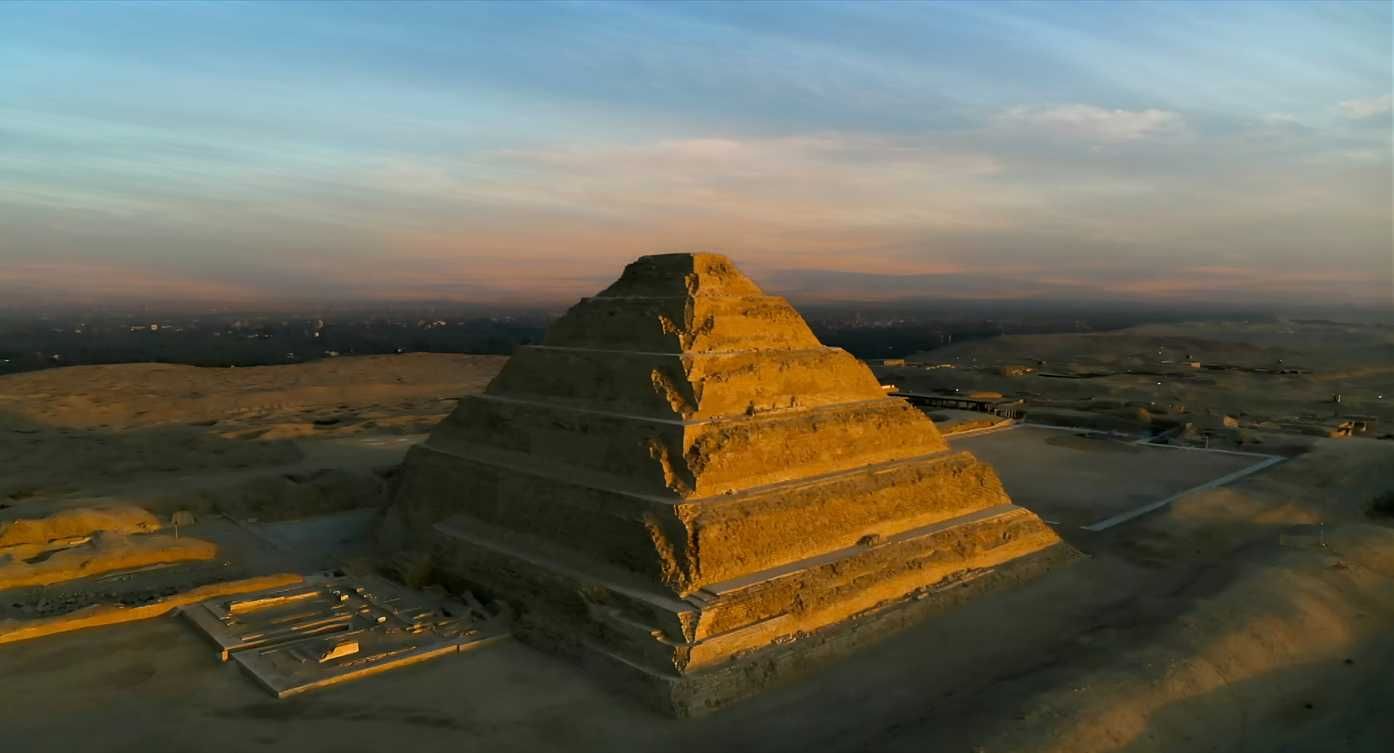
How did scientists reach these findings?
After inspecting the Step Pyramid’s internal architecture, they found the construction to be consistent with a hydraulic elevation mechanism.
This is a pretty remarkable discovery, as the use of a system like this has never been reported in this location or this time period.
What would this system have looked like?
Well, with the hydraulic system, the water pressure would have been able to push the stone blocks into their place.
The team also looked at maps of nearby watersheds, including Saqqara structures, known as the Gisr el-Mudir enclosure, which appeared to have a check dam that could've trapped sediment and water.
Past the dam, the topography indicated the possibility of a temporary lake west of the Djoser complex, comparable to a moat surrounded by water flowing.
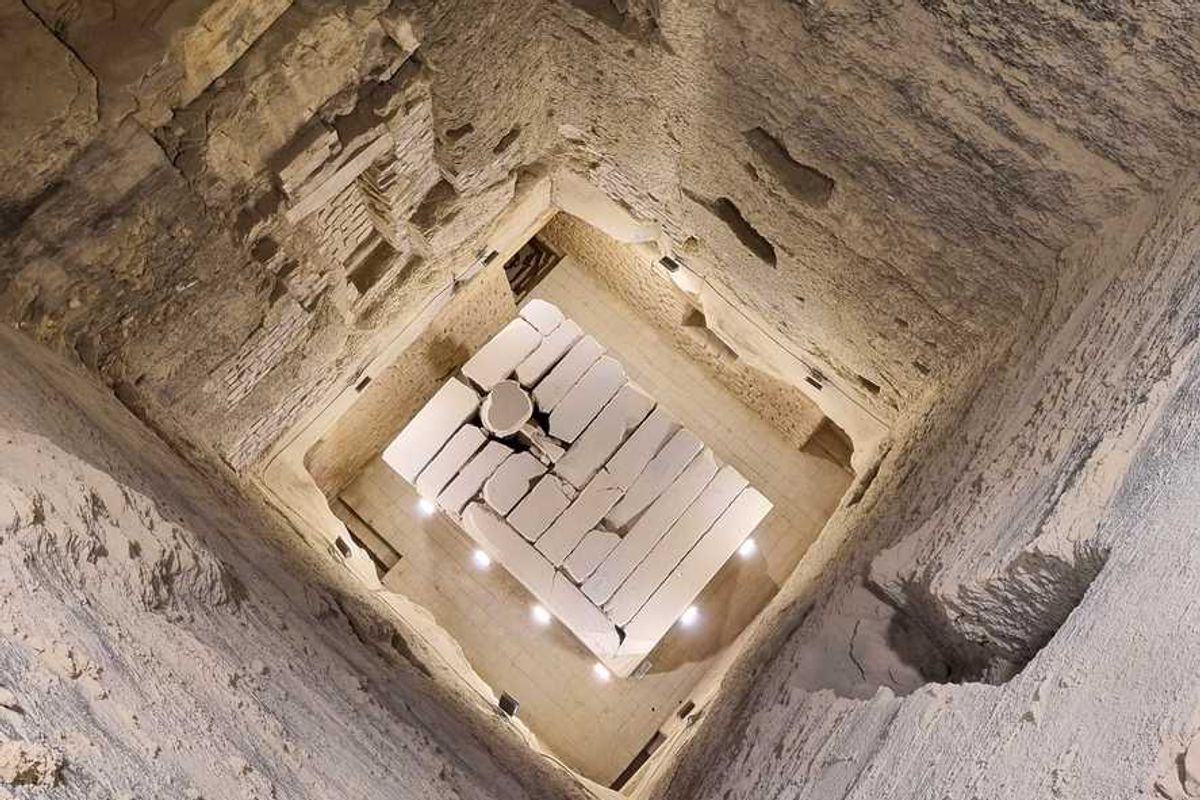
A temporary lake could have been created to connect the Nile tributary to a “Dry Moat” around the Djoser area, and this would've aided with the hydraulic system to move materials.
“The ancient architects likely raised the stones from the pyramid centre in a volcano fashion using the sediment-free water from the Dry Moat’s south section,” the authors explained.
Further evidence
Additionally, the team came across a significant find in the south section of the moat, in what they described as a "monumental linear rock-cut structure consisting of successive, deep compartments combines the technical requirements of a water treatment facility: a settling basin, a retention basin, and a purification system."
Therefore, they believe the Gisr el-Mudir and the Dry Moat’s inner south section worked as a "unified hydraulic system that improves water quality and regulates flow for practical purposes and human needs."
Furthermore, they reckon there was enough water available in the area for this project.
The team added, “Ancient Egyptians are famous for their pioneering and mastery of hydraulics through canals for irrigation purposes and barges to transport huge stones. This work opens a new line of research: the use of hydraulic force to erect the massive structures built by Pharaohs.”
This preprint paper can be found on Research Gate.
Elsewhere from Indy100, Archaeologists finally ‘solve’ the mystery of Egypt’s Great Sphinx, and 'Secret chamber' unearthed deep within the Great Pyramid of Giza
How to join the indy100's free WhatsApp channel
Sign up to our free indy100 weekly newsletter
Have your say in our news democracy. Click the upvote icon at the top of the page to help raise this article through the indy100 rankings.
Top 100
The Conversation (0)
